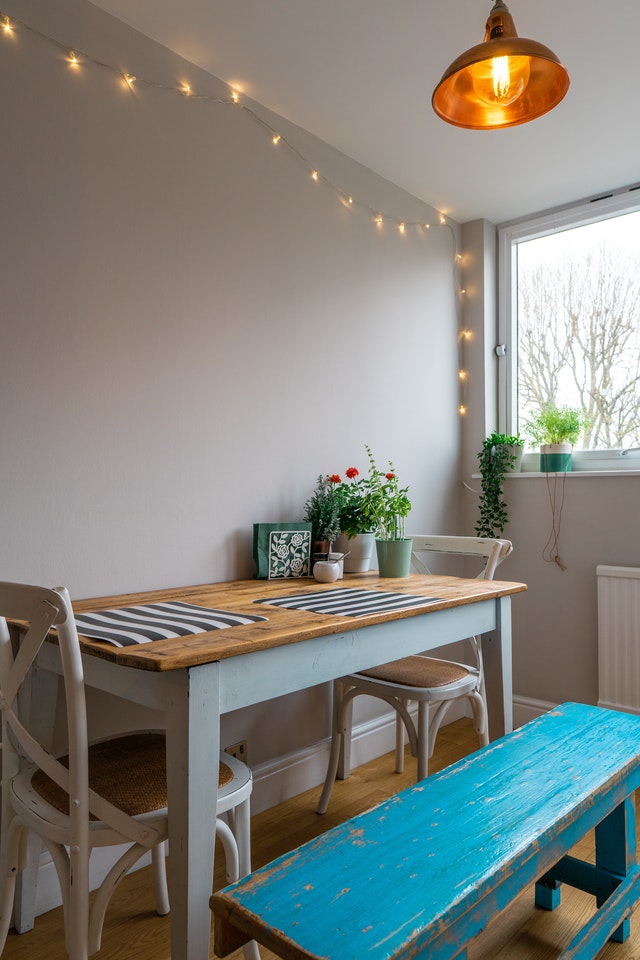
How much can you actually expect to make from rental property investments?
This is a great question, and one without a straightforward answer.
That’s because the amount of rental income you receive from a particular property depends on the financial viability of the deal, as well as how well you manage it.
In this article, we’ll give you some tips for identifying profitable rental investments, and some rough rules-of-thumb for calculating the potential profitability of a rental property. If you want a better idea of how property management can impact these figures, check out this article.
Financial Viability
Here are some formulas you can use to help you determine the financial viability of a real estate investment.
Return on Investment (ROI)
ROI is used to measure the performance of an investment by evaluating the expected return relative to a property’s cost.
Add up the cost of acquisition, closing fees, repair costs, and annual expenses. Then, divide your total annual income (from rent) by the sum of your expenses to arrive at your yearly projected ROI. There is no sweeping standard for a “good” ROI, but if we were to aim for a benchmark, you’d want to look for a yearly ROI that’s above 15%.
Cash-on-Cash Return (CoC)
CoC calculates the yearly returns based on cash income and cash invested. In other words, it measures how much you’ve made on the property in relation to how much you’ve paid for the mortgage.
Get your annual pre-tax cash flow, divide that by the total cash you’ve invested, and you’ll get your CoC return. Expert investors advise aiming for a CoC return that yields around 8% to 12%.
Capitalization Rate (Cap Rate)
Cap rate is the ratio of net income to the property’s acquisition price. There’s no “good” or “bad” cap rate, but it’s great for comparing your return across multiple properties. Here’s a quick guide on how to calculate it:
Get your net operating income (NOI) by taking your gross rental income and deducting every expense you have (excluding financing), like taxes, insurance, water, HOA fees, etc.
Then, divide your NOI by the current market value, and you’ll get your cap rate. In riskier neighborhoods, 6% probably won’t be worthwhile. But in high-demand, high-quality neighborhoods, 6% could give you an amazing return.
The 1% Rule
Lastly, the 1% Rule is a quick calculation to determine if the monthly rent earned will generate positive cash flow for a property or not. The rule is that the amount grossed through monthly rent should be at least 1% of the final property purchase price (including the cost of any repairs).
Calculating Profit
Now that you can identify money-making opportunities, the next step is to answer the following questions to calculate the profit you’ll get to keep.
How much rent will I realistically charge?
Start by surveying other rentals in the vicinity to get an estimated rental amount. You can ask a local realtor or property management company for an accurate number, or visit sites like Rentometer.com for a rough estimate.
If you end up with a range, stick to the lower number for a more conservative approach when assessing a deal and making your other calculations.
How do I know what the expenses will be?
When calculating your profit, you must add up all the expenses, including property tax, insurance, property management, and possible vacancies. Assume that these expenses will cost roughly 40% of your rental income.
While it may sound like a lot, this figure is actually a conservative estimate and doesn’t cover any serious renovations or overhauls that a property might need.
What about the other 60%?
If you took out a mortgage on the property, the mortgage payments will be covered by the other 60% of your rental income. This means you should only secure loans with monthly payments which total less than 60% of your estimated revenue from rent.
What happens to the remaining money?
Whatever is left over will be your profit. However, this is also what the government will charge taxes on. The taxes you pay on this income are not included in the property tax you pay annually.
There are ways to lower your taxes as a real estate investor, but for this article, just remember to budget for paying both income and property taxes when calculating your potential profits.
Conclusion
How much can you earn from rental properties? How do you know if a rental investment is worth it?
Just answer these two questions:
- Is the investment you’re eyeing a profitable opportunity?
- How much can you earn from renting out the property?
If the property passes all these common metrics with flying colors and earns you the rental income you’re looking for—you’ve just found a profitable rental property to invest in.
Image courtesy of David McBee










